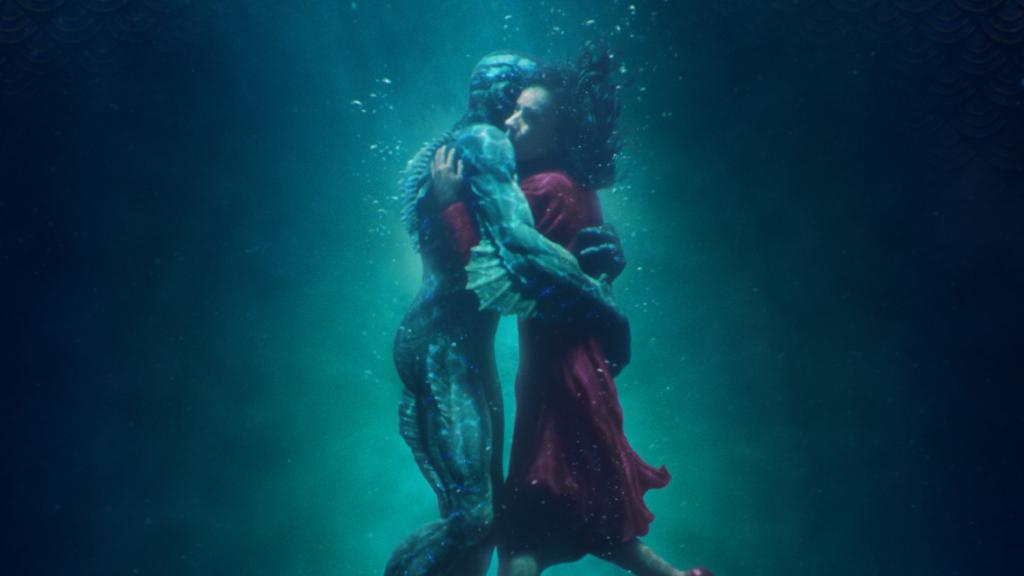
2017 was a particularly stunning year for film as so many awe-inspiring visuals lit up living rooms, bijous, drive-ins, and multiplexes the world over.
Taste of Cinema’s tireless and exciting search for the most visually exquisite films of 2017 was no easy charge, and not one we undertook lightly, although several films stood out straight away. The assembled list presented here offers up the finest films of dazzling depth, stirring symmetry, gorgeous framing, and assured grace. Enjoy!
20. Mimosas

Dubbed by its director and co-writer Oliver Laxe (You Are All Captains) as “a Religious Western”, this Nespresso Grand Prize winner was filmed on location, high in the Atlas Mountains of Morocco.
Divided into three chapters, Mimosas tells the ponderous tale of a caravan escorting an elderly sheikh who’s close to death and wants to be buried with his loved ones in Sijilmasa. During the rugged trek the sheikh succumbs and, fearful of the mountain paths and the obstacles around the, the caravan refuses to continue and fulfill the dead man’s wish. That’s when Saïd (Said Aagli) and Ahmed (Ahmed Hammoud), two rogues traveling with the caravan, make the bold claim that they know how to get to Sijilmasa and will transport the sheikh’s body there.
Shot by cinematographer Mauro Hercend and snipped by editor Cristóbal Fernández, Mimosas is a 16mm miracle of a movie crammed with long shots of people, their accompanying mules, and automobiles moving through the mountainous landscapes, harkening to the vistas of Werner Herzog’s Aguirre, the Wrath of God (1972).
But it’s not just the misty winter landscapes that hold the frame here, the non-professional actors deliver striking and genuine performances, with faces that Laxe loves to linger on, telling much of his tale via profound portraiture.
19. Dunkirk
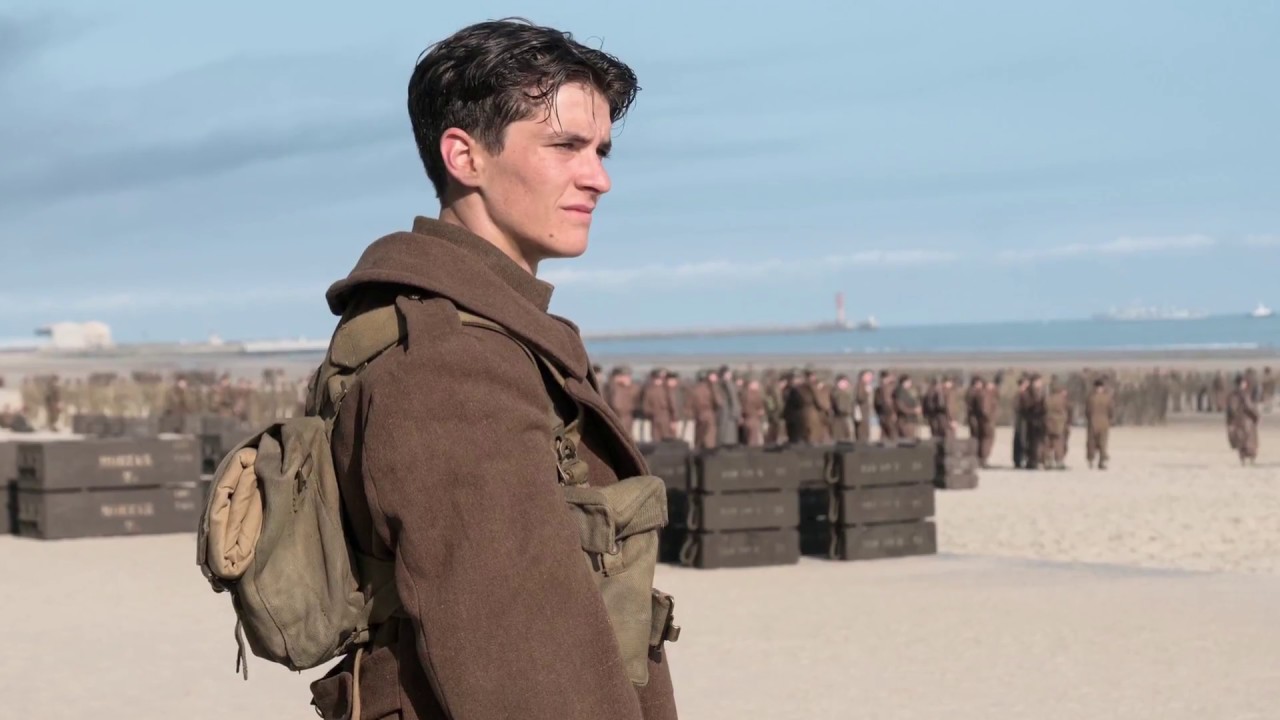
While it may be a challenge for some viewers (this writer included) to find an emotional connection with the largely anonymous male cast (there is a peripheral woman character, a nurse who gets a line––where’s her story?), it is still refreshing to see that Christopher Nolan has moved out of his overtly didactic speculative fiction slump (years later I still have a foul taste in my mouth from Interstellar and Inception), and rediscovered a directness and restraint that elevates the tear-jerking and visceral impact of Dunkirk, making it his best film in ages.
Gorgeously shot by Hoyte van Hoytema and expertly edited by Lee Smith, Nolan can string together a riveting action set-piece like few others as we witness the evacuation of Dunkirk beach from land, sea, and air, emphasizing Nolan’s strength of story structure and nonlinear narrative.
That so much of the film is hamfisted (Kenneth Branagh’s Commander Bolton “waiting for the French” on the pier is a steaming pile of macho dross) is easily overlooked, presumably, by Nolan’s forgiving fanboys. When soldiers on the beach wilfully walked into the ocean to die, again as with the nurse I thought to myself “wouldn’t that be a fascinating story to follow?”
Dunkirk is a feast for the eyes, for sure, but beyond the glossy lensing and intricate setpieces is a very loud, and very male-driven diatribe that rings false (let the deluge of angry Nolan acolytes commence), despite some elegant period detail and superior production design.
18. Thirst Street
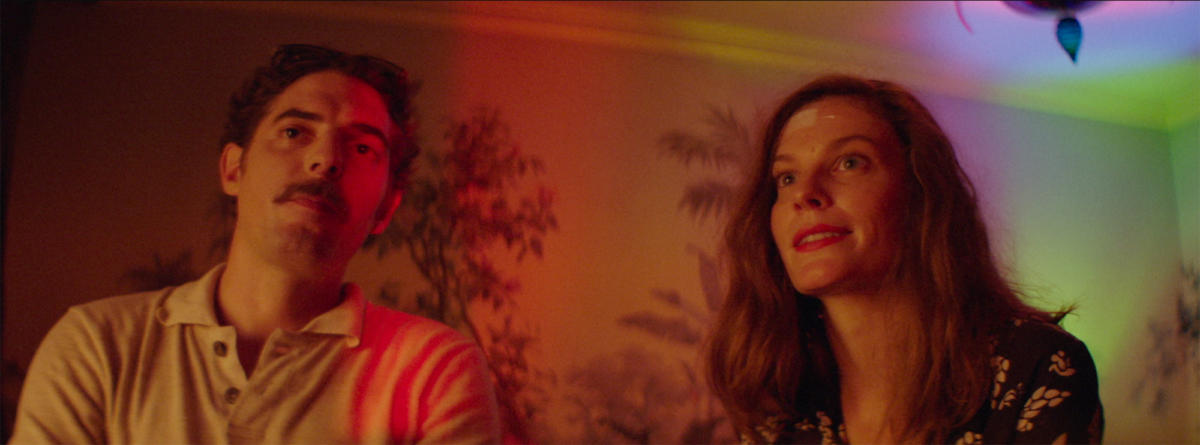
Initially, during the film’s pre-title preface the viewer is deftly launched into what feels like a keyed up Sirkian melodrama before launching what nervously relaxes into an increasingly engaging, all the while unhinging, multicolored psychodrama. Sound like a trip? Trust me, Thirst Street really truly is.
Gina (Lindsay Burdge, brilliant) is an ill-fated American flight attendant in the throes of grief after having lost her love to suicide. Unable to cope and on the brink of emotional collapse, Gina finds herself with a night off in Paris where she meets the charming yet cheap gadfly, Jerome (Damien Bonnard). With a little booze and the bolstered confidence from a bribed fortune teller, Gina commits to an eager one-night stand, and here a new set of troubles are born.
Burdge is sublime as Gina, and her face can hold one hell of a close-up. Director Nathan Silver and his sterling cinematographer Sean Price Williams (who also lensed Good Time, which is further on down this very list) like to linger on Burdge, making much of Thirst Street unravel like a master class in cinematic portraiture, but that’s not all the maneuvers they’re interested in. Their visual roster includes a wealth of split-diopters, tiffany zooms, and surreal splashes of color.
As the imagery washes over the audience you’ll find stirring of moments Jesús Franco-like softcore, Old Hollywood schmaltz in a William Seiter vein (“…like something out of an old musical,” the narrator suggests), and the go for baroque kaleidoscopic overkill of Dario Argento and Mario Bava. Is it too much? Maybe. Is it wonderfully explicit and overly expressive? Yes, absolutely.
17. Raw
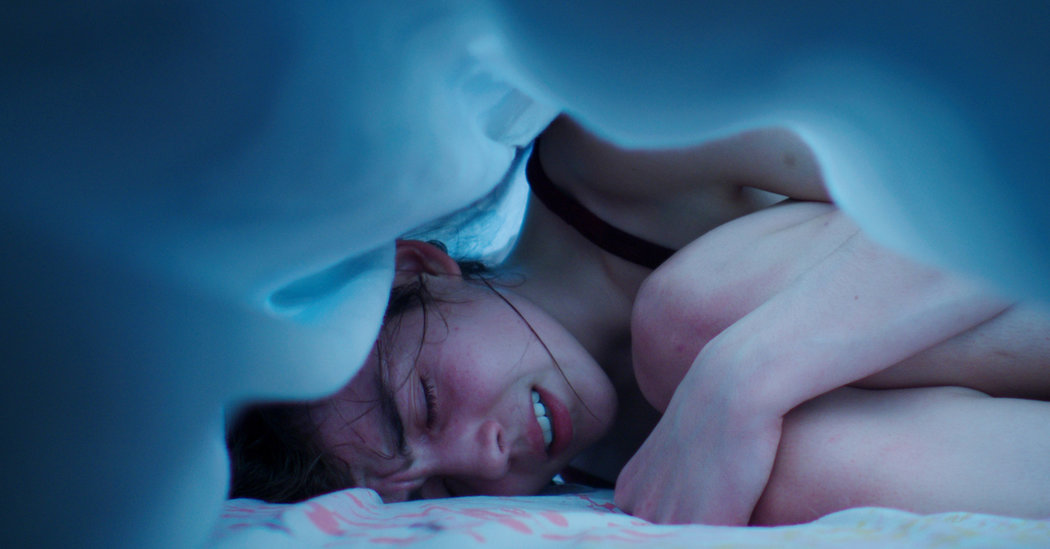
“A contender for best horror movie of the decade” according to Rolling Stone’s Peter Travers and who are we to disagree? Writer-director Julia Ducournau’s first feature film Raw is a near-flawless, wholly competent, and never less than riveting genre detour of taboo-smashing originality. Body-horror hasn’t been this elegantly engaging and upsetting since David Cronenberg’s heyday, and Ducourno’s symbolically lavish, freakishly erotic, female-perspective is a warm embrace.
Justine (Garance Marillier, superb) is a strict vegetarian who has joined her older sister Alexia (Ella Rumpf) at a prestigious veterinary school. The elegant and somewhat unconventional presentation of the campus setting combined female leads, odd inexplicable occurrence and Brit composer Jim Williams’ at times overwhelming score, suggests a pedigree similar to the Dario Argento classic Suspiria (1977), which suggests that Ducournau is motivated by the macabre best.
Desperate to fit in amongst her peers and to appease her parents, Justine finds herself betraying her beliefs to participate in a hazing ritual involving eating raw meat, but the unforeseen consequences as Justine’s true, cannibalistic self emerges is some off-the-rails nightmare material.
Immersive, unrelenting, and impossible to predict, Raw is, despite its thunderous rain of blood, a seductively expressive and involving story of adolescence and anxiety proving that the horror/coming-of-age combo can be both carnal and compelling. Unforgettable.
16. Star Wars: The Last Jedi
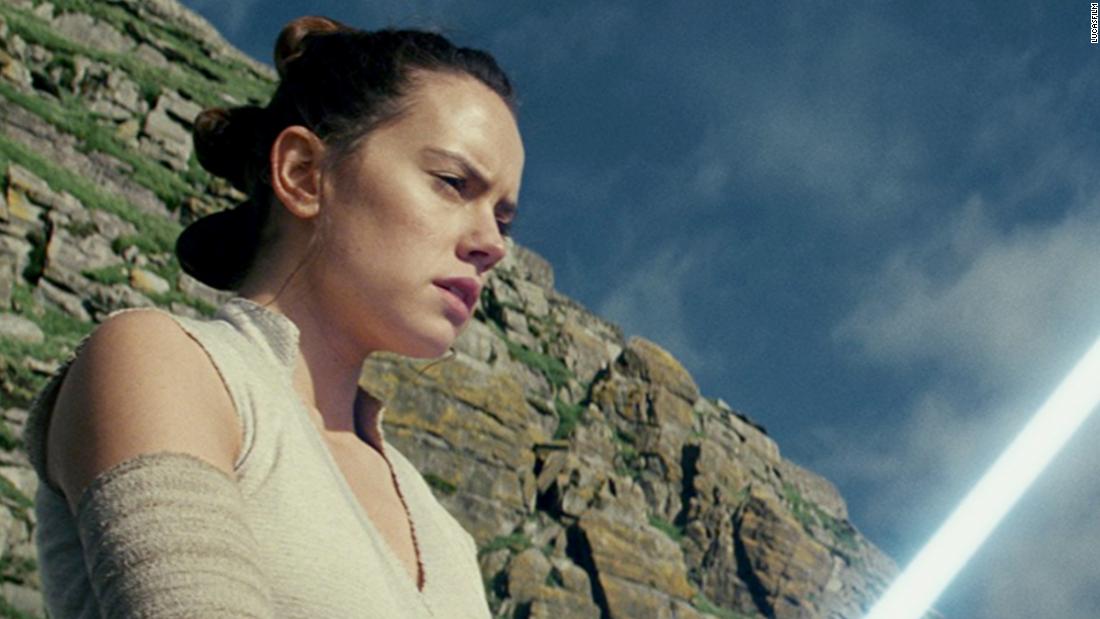
Writer-director Rian Johnson delivers a Star Wars film that is everything a blockbuster should be; exciting, unpredictable, and above all, fun. The Last Jedi builds greatly upon 2015’s The Force Awakens, and as we’re brought up to speed with iconic Jedi du jour Luke Skywalker (Mark Hamill), the young and Force-friendly Rey (Daisy Ridley) some awkward humor and winning one-liners (Rey, trying to get Luke’s tutelage quips: “I’ve seen your schedule, you’re not busy!”), and some pervasive porgs, Johnson also gives us the best directed film in the franchise to date, and also one of the most visually lush (and that’s saying something).
We’ve finally gotten a Star Wars film with an auteur’s tenor (and Johnson’s use of red really resonates), and not only that but The Last Jedi hosts a bevy of badass women being smart, solving problems, kicking ass, and taking names (the aforementioned Ridley is joined by the likes of Gwendoline Christie, Laura Dern Lupita Nyong’o, Kelly Marie Tran, and a stunning final bow from Carrie Fisher each memorably offset the testosterone). Also we get a beefcake moment from Adam Driver’s Kylo Ren, as he becomes the most fascinating and complex villain from far, far away.
The Last Jedi also has perhaps the best lightsaber battles yet, some fan service that doesn’t overly distract (Chewbacca has some very funny and fist-pumping scenes, and Yoda even gets a good line and a fine cameo, too), a real emotional punch and at least two epic space battles. This is a genre fan’s delight, that, quite honestly, only the cynical can assault.
For high-stakes space opera on an epic scale, Star Wars: The Last Jedi is a risky, expansive, entertaining and visionary spectacle, made with technical expertism and frequently, bona fide beauty.
15. Columbus

“Few films,” suggests New Yorker critic Richard Brody, “glow as brightly with the gemlike fire of precocious genius [as Columbus].” Noted video-ist Kogonada’s fiction-feature debut uses the artfully stunning backdrop of Columbus, Indiana, aka “The Midwestern Mecca of Architecture” and the results (with mad props to cinematographer Elisha Christian and Kogonada’s own instinctive editing) is never less than riveting.
As an architecture professor lays comatose in a Columbus hospital, his estranged literature-translator son, Jin (John Cho) a Korean-born, American-raised man, reluctantly flies to his side from South Korea. After a random run-in with a friendly young man named Casey (Haley Lu Richardson) a local librarian, the two new friends embark upon a self-lead tour of the local architectural wonders.
Columbus finds striking originality and Yasujirō Ozu-like serenity in what could’ve been just more generic Sundance indie fare about young adults exploring their sexuality and trying to find their way. But with Kogonada’s formally impressive skills, an unerring eye for Columbus’ modernist architectural marvels, the resulting film is cool, controlled, and restrained, that whispers at deep, and disguised emotion.